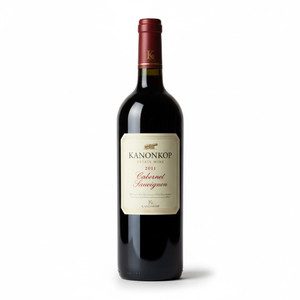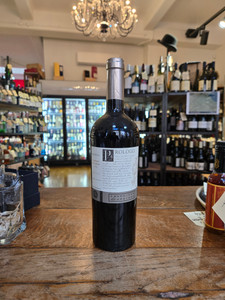
A cedary spine covered with dark cherry, waxy crayon earthiness, graphite and enticing fynbos undertones. The palate is packed with blackcurrant and firm ripe tannins suggesting that this wine has at least a decade of ageing potential.
Boekenhoutskloof
Cabernet Sauvignon
The offspring of Cabernet Franc and Sauvignon Blanc, is the world's most famous red wine grape. Cabernet is much more positively flavoured than Chardonnay, and ripens much later, so tends to be planted in warmer areas. The great distinction of the wine it produces is that it has a very powerful and recognisable aroma of blackcurrants wherever it is grown and, if matured in newish oak, can smell of cedar, cigar boxes and, sometimes, tobacco. Cabernet Sauvignon is also notable for being deep purple in youth and, while it is not especially alcoholic, it can be extremely long-lived. This is because Cabernet Sauvignon's small, thick-skinned grapes have a very high ratio of solids rich in colouring matter and tannins to juice. If the grapes are anything less than fully ripe, however, the wine can smell 'herbaceous', or more like Cabernet Franc. All of this means that Cabernet can make great wine.
Cabernet Sauvignon has long been planted all over the wine growing world. Contrary to popular belief Cabernet Sauvignon is not Bordeaux's most planted vine (Merlot). Because it is relatively late ripening, it needs a warmer, drier environment than most of Bordeaux can provide to stand a commercially interesting chance of ripening fully. In Bordeaux, therefore, it is grown in the Entre-Deux-Mers region as well as in the well-drained gravels of the Médoc and Graves where it is invariably the chief constituent, but always blended with Merlot, Cabernet Franc and sometimes with Petit Verdot, in the world-famous classed growths. Even today, when the grapes for such wines are being picked later and later, Bordeaux Cabernets tend to taste quite dry (as opposed to sweet) and can be inky and austere even until seven or eight years old. But underpinning all that structure is an extraordinary intensity of subtly layered fruit that can take 20 years to develop into a bouquet of haunting interest.








